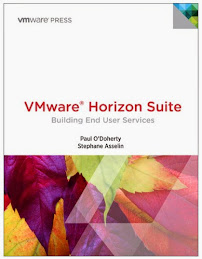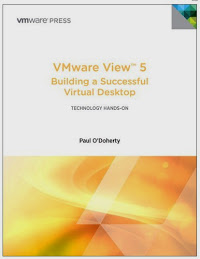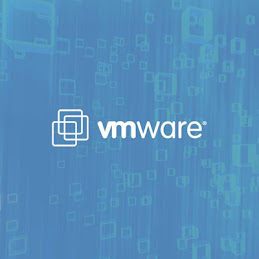I attended an interesting datacenter design course which opened my eyes to what might be possible with cloud computing. It was based around redesigning the datacenter and allowing Layer 2 network traffic further up the network stack in order to build a datacenter based on virtualization. Essentially designing a datacenter for virtualization vs. incorporating virtualization into a datacenter.
It is typical that a datacenter has three network layers; access, edge and core switching and routing. This ensures that traffic engineering is applied before our data is sent over our long haul networks. Layer 2 traffic is often restricted to access switches and unlikely to proliferate to the edge or core tiers. Core virtualization technologies however are Layer 2; VMotion for example.
A datacenter designed for virtualization allow Layer 2 much further up the traditional network stack and also flattens the old 3 tier system using embedded virtualization in the switches and routers. Consider multiple physical switches being combined to form a single logical switch or multiple virtual routers inside a single physical router. The traditional tiered network architecture approach is leveled in favour of flexibility, speed and to deliver core virtualization technologies across broader distances.
A lot of the difficulty in integrating Cloud services has to-do with a lack of standards at the demarcation points between where the Cloud provider service starts and where internal IT organizations end. This leads to the mentality of breaking off a portion of your IT environment for the cloud and tethering it back to your organization in some shape or form. But consider if the Cloud provider essentially provided a layer 2 service that allowed you to create a virtual switch that spanned from one end of the country to the other. Now the ability to create storage fabrics and do long distance VMotion become available at a fraction of the cost of architecting the environment internally. A Layer 2 service allows the network engineering to remain under the control of the internal IT organization with less complexity.
The cloud becomes an virtual private circuit that links to either public or private virtual infrastructure. While all this exists currently, it is complex, expensive and not designed with virtualization in mind. Is this that far away? Large players have been developing and acquiring technology to deliver a complete model of x86 virtualization and integrated networking services; Juniper has recently acquired Altor Networks, VMware is pouring development and resources into the vShield product line, CISCO continues to expand its commitment to embedded virtualization.
While the focus is still around virtualizing traditional networking tiers, the blending of network services and x86 virtualization is happening at a dizzying pace. A integrated model may enable a more simplistic way to incorporate Cloud services without the inherit security concerns that limit adoption. It will allow IT organizations to extend their datacenter in a much more seamless way using existing standards rather than the confusing array of options now available.




